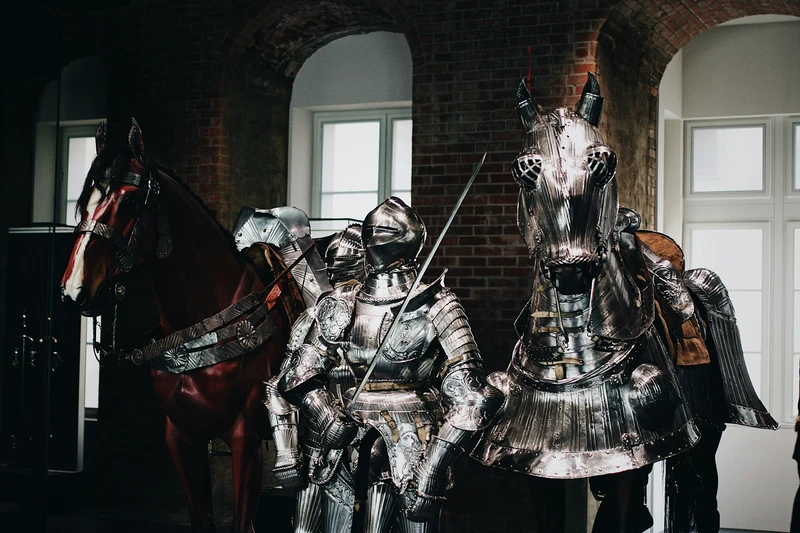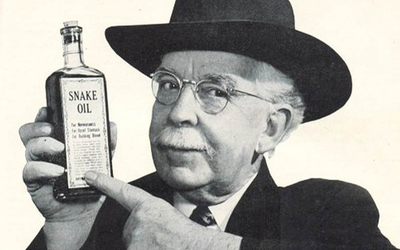
Image by Tina Miroschnichenko
Where did the Word "Chess" Come From?
For avid chess players, words such as chess, check, and mate are extremely commonplace. However, we rarely stop to think about where these words come from--both the words. Today we're going to look at the origin of commonly used chess-related words in english--some fairly straightforward, some quite mysterious. Here we go!
Core Chess Terms
The first category we will look at is core chess term, crucial terms of the game.
Chess
The word chess was originally "scaccus" in Latin. In the Middle Ages, when Latin was used by all the gentlemen--who were the chess players of the time--the French word was "échecs", which morphed into "checs", or "chess", the English word.
Check
The Persian ruler would be known as the Shah, and the Persian culture contributed much to chess. The term "Shah", which morphed into "Check" just mean that the ruler (the king) is under attack.
Checkmate/Mate
Similarly related to the previous term, the Persians had a term that meant "the king/ruler is helpless" or "the ruler is dead"--the phrase "Shah mat"--which then in turn morphed into "Check mate", or simply "mate".
En Passant
The strangest rule in chess, en passant, has an interesting origin. (For those who don't know what it is, check out here) In French, "en passant" means "in passing"--which could be referring to multiple different ideas. It could be from the term also meaning "by the way," as in a French player would say "Oh, by the way, I can take your pawn." More likely is that when one of the pawns moves forward, in passing the other pawn, it allows itself to be captured. A final idea would be that the pawn who captures in en passant is passing the other pawn.
The Pieces
Much more straightforward, the pieces were both named after things they resembled and formed to resemble things after which they were named.
The King
The key character to defend and protect, in the age of monarchy, the name "king" made perfect sense for that piece.
The Queen
A surprising choice for an age in which people did not believe women could do much, but a good and fitting role for the most powerful piece on the board.
The Rook
The word rook actually comes from another Persian term, "rukh", which meant "chariot"--a very good and fitting name for the piece.
The Bishop
In the original versions of chess, Chatarunga and Shatranj, the bishop was actually an elephant. However, Europeans unfamiliar with the animal misinterpreted the shape to be the bishop's mitre (headwear).
The Knight
The horse/knight was a well-known figure in medieval times and would play a role similar to the knight in chess--charging into battle first here and then there, wreaking havoc on the enemy.
The Pawn
A "pawn" is technically a person controlled by others--often an insignificant, weak character only serving for the gain of the ruler. That's the role pawns often play in chess, although they are not to be underestimated.
Free Study Plan and Thousands of Rating Points Improved (by Happy Students)
What ChessMood offers you today, whether your rating is 1200 or 2400. Now let's find out where chess tactics got their origin from!
Chess Tactics
There are many well-known chess tactics, but here are the reasons some major ones are called what they are.
Fork
Similar to a two-pronged fork, pawn forks and many knight forks "spear" two different pieces at the same time, similar to forking two marshmallows simultaneously.
Skewer
Similar to the origin of a fork, a skewer is a stick with usually a piece of meat is "skewered" through with. This is meant to be similar to how a piece skewers, say, the king, so when it moves, the piece behind it--the queen, for example--is captured.
(Note: If you do not know what some of these tactics mean, check out these articles on different tactics: GM Blogs on Tactics)
Pin
Like a pin that you tack a piece of paper to the wall with, pins tack a less valuable piece to a more valuable piece, exerting pressure and often winning material.
Conclusion
Hopefully you found some of these explanations interesting and learned something new today. If you did, I would really appreciate if you would like and follow, as less than 1 in 25 readers like my blogs! Comment below if you would like to share info on other chess definitions or you think I missed one. Thanks for reading, see you next Monday!
You may also like
 CM HGabor
CM HGaborHow titled players lie to you
This post is a word of warning for the average club player. As the chess world is becoming increasin… ebk1976
ebk1976Aging in Chess
The age too old for gold. FM MathiCasa
FM MathiCasaChess Football: A Fun and Creative Variant
Where chess pieces become "players" and the traditional chessboard turns into a soccer field ebk1976
ebk1976How to Find a Great Chess Coach
How I did it and how you can do it too ebk1976
ebk1976The Top Players of the Future
7 Incredible prodigies to keep an eye on ebk1976
ebk1976